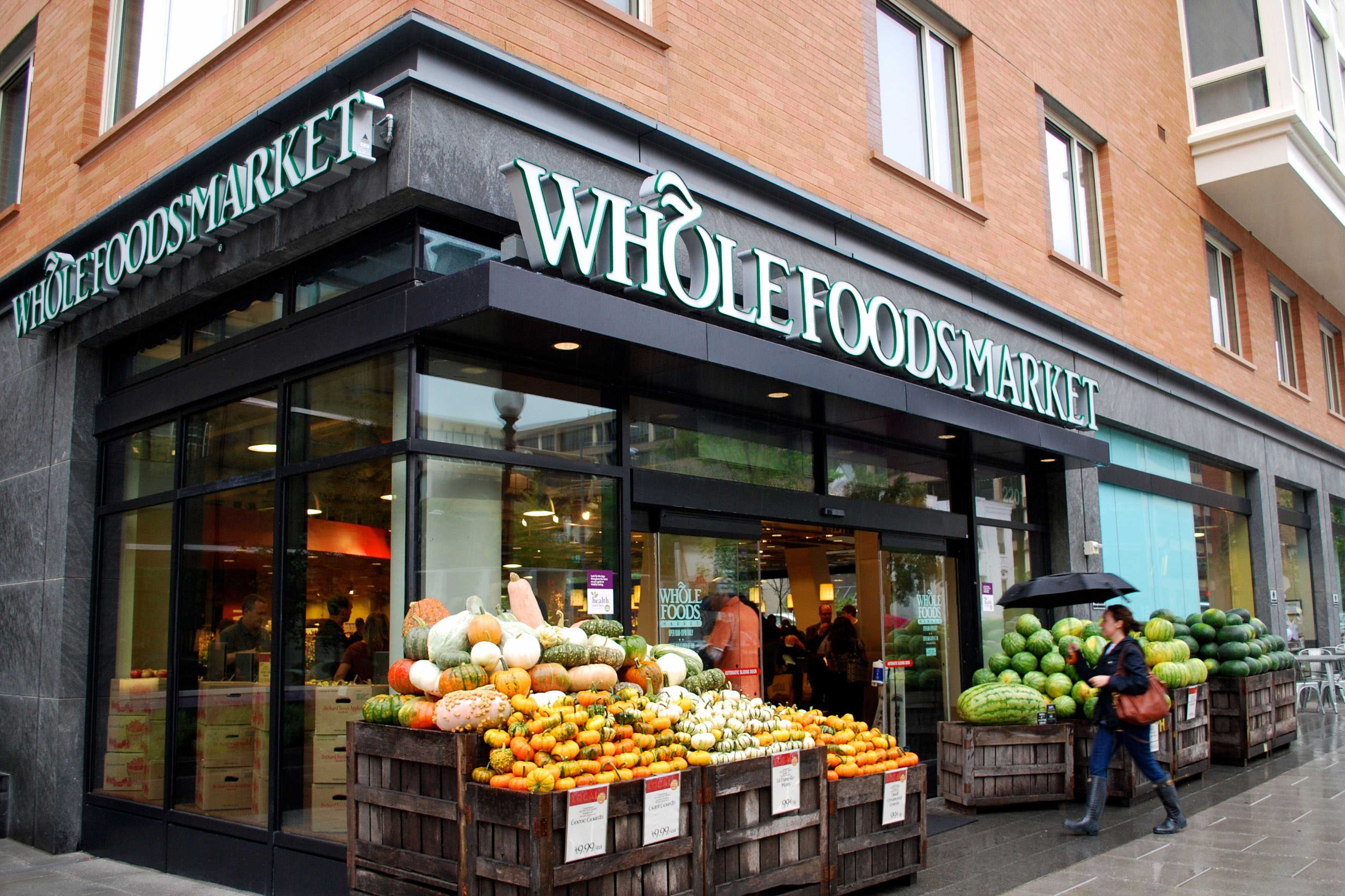Whole Foods resurrects the old thumb on the scale

By Bloomberg View
The Whole Foods chain's marketing celebrates a more wholesome past. Heirloom tomatoes, GMO-free products, and organic fruits, vegetables and meats recall an earlier, more innocent time when family farms, not modern agribusiness, put food on the American table.
On Wednesday, the grocery giant's chief executive officer and its co-founder apologized for resurrecting a more controversial tradition: the sale of “short weight” food. In New York last week, municipal authorities responsible for ensuring that the weight of packages of food matched the labeling announced that Whole Foods had been systematically overcharging customers in a number of stores.
Honest weights and measures are the norm these days -- hence the dismay and outrage at Whole Foods. But for most of U.S. history, getting cheated at the grocery counter was as American as apple pie.
QuickTakeOrganic Food
Before the 20th century, most consumers got their provisions from small grocers. Food was sold by weight or volume, and customers had to trust scales, weights and measures the storekeeper had on hand.
In theory, local “sealers” would check the weights and measures and stamp them if they matched a verified standard. But a multitude of investigations by state and local officials suggested that laws were rarely enforced as intended.
Many sealers, for example, didn't receive salaries or direct compensation for their services. Instead, they were paid when they declared a storekeepers’ scales, weights and measures acceptable. If they deemed them fraudulent or noncompliant, they received nothing. This created a perverse incentive.
Although the compensation system would evolve over the 19th century, sealers rarely performed their job especially well. In 1877, the New York Tribune reported that the city’s inspectors “have wholly failed to perform their duties,” intimating that they had accepted bribes in exchange for a “not too rigid inspection.”
All of this translated to the sorts of cheats and frauds that Whole Foods is now accused of committing. In 1868, a reporter with the New York World purchased a sampling from the thousands of retail grocers that sold most of the city’s food. The results suggested that most groceries were 15 percent underweight.
In 1869, New York undertook what was described as a “systematic inquiry into the retail weights of commodities.”
The city's inquiry
revealed a general condition of fraudulence that is positively alarming. A pound of sugar will fall short an ounce. Tea in small parcels shrinks in the same way. Scarcely anything is bought of grocers, the whole city through, that stands true to its declared weight. It is a perfect scene of petty cheating.
This was hardly an isolated instance. Six years later, the New York Express bewailed the “notorious fact” that
every time the housekeeper goes to the market, he or she returns with a package purporting to count a dozen, an article marked three pounds which does not weigh three pounds, a piece of cloth marked 40 yards which measures only 38 years, or a can branded two quarts which only gauges 2 ½ pints.
These recurrent laments led to plenty of hand-wringing and calls for reform, but it wasn’t until the early 20th century that things changed. This was the so-called “Progressive Era,” a time of boundless optimism in the possibility of reform -- and a willingness to use the power of the state to ameliorate the excesses of unfettered capitalism.
The iconic reforms of this era such as the Pure Food and Drug Act are better remembered today, but the campaign to reform weights and measures was one of the more remarkable achievements.
Much of the push for reform emanated from the newly created Bureau of Standards, a federal agency tasked with bringing order to the nation’s weights, measures and scientific standards. It pushed for the creation of a national conference dedicated to the problem, and by 1905, state and municipal officials from around the country met to discuss the intractable problems of “short weights” in grocery stores and other retailers.
As chronicled by the historian Timothy Messer-Kruse, the push for reform soon generated results. States passed much stronger laws, investing sealers with genuine authority. Municipal officers in New York and other cities soon began well- publicized campaigns, seizing crooked scales and short measures, and displaying them as trophies to the public.
This attracted media attention, and major newspapers and magazines started publishing accounts of the problem. In 1910, the Ladies’ Home Journal offered this headline: “How Housewives Are Cheated.” The same year, Harper’s Weekly ran an expose: “The Tradesman’s Temptation to Cheat.”
There was a religious undercurrent to these attempts at rooting out cheats and sharpers. Reformers pursued their aims with biblical zeal, quoting King Solomon in Proverbs: “A false balance is abomination to the Lord: but a just weight is his delight.”
After World War I, the reformers’ zeal waned. But even though problems with short weight groceries never fully disappeared, the sorts of egregious misconduct that characterized the 19th century remained minimal in the 20th.
This success was largely due to the institutions and inspection forces created by the reformers a century earlier. (It also helped that commercially available scales became more accurate -- and cheap.) The regulators continued to sniff out dishonest packaging, short weights, and other frauds -- just as they did when they announced their findings against Whole Foods in recent days.
This column does not necessarily reflect the opinion of Bloomberg View's editorial board or Bloomberg LP, its owners and investors.
Here we are to serve you with news right now. It does not cost much, but worth your attention.
Choose to support open, independent, quality journalism and subscribe on a monthly basis.
By subscribing to our online newspaper, you can have full digital access to all news, analysis, and much more.
You can also follow AzerNEWS on Twitter @AzerNewsAz or Facebook @AzerNewsNewspaper
Thank you!
